He enjoys both jobs immensely.
Links:
http://www.edwardcardillo.com/my-books.html
http://www.amazon.com/Edward-P.-Cardillo/e/B00BOB0F7M/ref=ntt_athr_dp_pel_pop_1
https://www.facebook.com/edward.cardillo
http://www.jellingtonashton.com/edward-p-cardillo.html
1. What was your inspiration for writing Odd Tales of an Old Man? Do you think it relates in any way to your other work such as the Automaton series?
I’ve been consulting in nursing homes for over a decade, working with the elderly, who I adore. When you work with the elderly, you hear lots of stories—anything from old wives’ tales to urban legends, and even war stories. I’ve worked with veterans of World War II, Korea, and Vietnam. The World War II vets have some of the most chilling stories. I’m also a huge fan of H.P. Lovecraft, Tales From The Crypt, and The Twilight Zone.
Since I love the format of short tall tales and I was so captivated by these tales from individuals who’ve basically shaped our history and our present, I figured: Why not write a book where an elderly man enthralls his grandchildren with chilling morality tales? But I wanted the narrator to be more than a simple Master of Ceremonies, like Rod Serling or the Cryptkeeper. I wanted him to have his own complex backstory that would add richness to the tall tales. Sprinkle in some dysfunctional family dynamics with a touch of mystery about how “fictional” these tales really were, and I had The Odd Tales of an Old Man, a collection of horrific tall tales with backbone and heart.
These tall tales are not focused on shock or gore. Laden with completely original monsters, they are haunting tales meant to creep the reader out. I’ve been told that these tales tend to linger in the mind well after the book is finished.
2. I am Automaton has garnered you some very good reviews and fans. Did you know it would be so successful in the beginning?
The Odd Tales of an Old Man was the first novel I’ve ever written. While I was shopping it around to literary agents, I continued to write. When I got the idea for I Am Automaton by watching the War on Terror, the use of drones, and the hunt for Osama Bin Laden, I knew I had a powerful saga on my hands and an idea that had never been done before.
As a still unpublished author, it was difficult to get noticed. However, I was encouraged by my mother-in-law, Charlene that this was going to be the book that would get me on the playing field. I was advised by a literary agent to submit to contests; that a win for an unpublished manuscript would garner attention. So, I submitted the unpublished manuscript for I Am Automaton (then called “Automaton”) to the Readers’ Favorite International Book Awards contest in 2012, a contest that allows unpublished and indie authors to compete with established authors.
When I saw New York Times Best Seller Daniel Silva in one of the categories I entered (Terrorist Thriller), I was a bit intimidated. But, to my surprise, I was named a finalist in that category, eventually winning the Honorable Mention Award as the only unpublished manuscript in the category. Two months later after garnering some interest from a few presses, I happily landed a contract with Severed Press.
I was delighted when I started getting reviews from readers on amazon as well as from critics and bloggers that were very positive and highlighted the originality of the book. Book 2, Kafka Rising, which was entered as an unpublished manuscript before I joined with Severed Press, also won a Readers’ Favorite International Book Award in 2013, this time in the category of Science Fiction. There was a lot of positive buzz on the internet, and I was beginning to pick up fans of the series.
In April 2014 I Am Automaton won Zombie Book of the Month and was inducted into the ZBOTM Club’s Hall of Fame. Sales increased and I was exposed to a whole new group of really cool readers who loved the book and the series.
Charlene, my mother-in-law, was right. I love watching new readers discover the series, and I’m glad that most are entertained by it. I Am Automaton 3: Shadow of the Automaton is in consideration for the finals in 2014’s Readers’ Favorite Contest as a published work.
3. You've said that the villain of I am Automaton 2: Kafka Rising, Kafka, is your favorite in the series. Did he surprise you or was he a character you could predict over the course of writing about him? Was that a good thing or bad thing?
He was a character that kind of evolved of his own volition, if that’s possible. Kafka wasn’t always a villain, and you can kind of see why he became one under the circumstances. He’s a complex character that kind of developed with the saga, events in both the series and the news shaping his motivations. He’s a wily, fiercely intelligent character who has a very vicious streak in him, but there’s a devotion to his family (one member in particular) that muddies the moral waters with him. I wanted Kafka to elicit mixed emotions in readers, to be that villain that readers kind of root for. He elicited those feelings in me as I crafted his character, and from the feedback I’ve been getting from readers, I think I succeeded.
4.What makes the Automaton books stand out from all of the other zomb-poc fiction out there? Did you set out with a zombie apocalypse idea or did the plot just seem to gravitate in that direction as you wrote?
This series was very planned out before I wrote. Because there’s a great deal of mystery, plot twists, and red herrings, I had to plot it out first. This, of course, doesn’t mean that I didn’t modify as I went. I think every writer has to.
This series is different from a great deal of the zombie-poc books out there because: 1.)Society is still intact. 2.)The zombies are used as tools in the War on Terror, infantry drones of sorts. (Of course, things don’t go entirely as planned). 3.)These books are not just about zombies. There is a great deal of character development and social commentary/political satire that uses the zombies to comment on the politics, economics, and foreign policy of our times. 4.)It’s a blending of genres: zombie-poc, horror, sci-fi, intrigue, terrorist thriller, military.
5. You have a reputation for tight action, well-built suspense, and intensely well-drawn characters, would you attribute this more to your own development as a writer or the feedback you've had from readers?
This I attribute to my development as a writer. As a reader, there’s nothing I dislike more than reading overwritten, flowery, over-descriptive prose that has a lumbering pace. So, as a writer I vowed to make my prose lean and to-the-point, using more dialogue to move the plot. When I was starting out, I used to read books and essays on various writing techniques. I came across an essay that described “cinematic pacing,” which was basically pacing that to the reader would feel like “real time.” I wanted to attempt that, and I’ve been using it ever since. In fact, I frequently get feedback saying that my books would make good movies. On top of that, when describing an action sequence, I would shorten the paragraphs and simplify sentence structure to add to the effect. I love building suspense, holding the reader hostage on an unpredictable rollercoaster ride.
Regarding character development, it certainly helps that I’m a clinical psychologist. I try to create real, living, breathing characters that are realistically complex and multi-faceted. Most individuals on this planet are not purely good or evil. It depends on the circumstances, and most people are a mixture of strengths and weaknesses. Sprinkle in some realistic quirks, mannerisms, and idiosyncrasies and you have full characters.
As a psychologist, I also know how people tend to present. Nothing bugs me more than characters in a book who present inconsistently or inappropriately to a given situation. I do my best to keep it real.
6. You also have some short fiction in collections like Midnight Remains. Do you prefer full-length novels or shorts?
I actually enjoy both. I love the efficiency of short stories in quickly establishing character and plot while bringing the story to a satisfying conclusion. However, I love the free range of a novel. This is where you really can construct a true character-driven narrative, because you have the time and space to really walk around in their shoes and get a feel for who they are.
7. You're working on two collaborative books for JEA, Feral Hearts and Lycanthroship, is it tough switching between your editor and author's caps to work on such books? Do you try and keep a tight grip on your base plot idea or enjoy the ride of letting it run and seeing where it goes with other authors?
Both. In Feral Hearts, on which I am the editor as well as contributing author, I was able to come up with the basic skeleton for the story. I left the characters and the “rules” for the vampires up to each individual author and their style. Being editor is both rewarding and stressful. The reward is that you get tremendous control over the direction and feel of the novel. I’m VERY OCD when it comes to quality control. I use beta testers to flag major flaws and inconsistencies. I’m super particular about lean, well-paced prose as well as proper grammar (I blame that on Catholic school).
However, as editor, there’s lots of pressure to get the book as perfect and shiny as possible. There’re little inconsistencies (names, places, wardrobe, positions of things, spellings) and typos that need to be caught through close examination and fixed. No one wants to get nailed on a review because there were too many errors. I also want each author’s contribution to be the best it can be while respecting his/her style and vision; however, I’m not afraid to give honest, constructive feedback either.
8. Feral Hearts is due out very soon. Can you tell us a little about it, the process of completing it with the other authors at JEA and proofing it for release?
The road to getting Feral Hearts complete was a long and sometimes convoluted one. I came up with the idea last October to do a collaborative vampire novel with different, alternative endings. We began with one lineup of authors that didn’t quite pan out, and the project was shelved for a bit. Then I recruited the current lineup, and this has been the magic recipe. I tend to take a psychological approach (surprise, surprise) that focuses on the creepy. Amanda, you took a dark fantasy approach, likening the vampires to succubi. Michael Fisher, besides designing the brilliant cover, took a no-nonsense action-packed approach. Jim Goforth drafted an epic-scale ending. Mark Woods used humor and his inimitably easy-going, easy-to-read flow to add to the fun. Catt Dahman actually combined forces with me (a collaboration within a collaboration) to contribute a speculative ending that is quite unsettling.
As far as the process…basically, I came up with the framework of a singles tour in a fictional town in Italy where the tourists encounter a strip club run by Russian vampire prostitutes. I asked each author to introduce a character with a complex background regarding romantic relationships. Then I tied all of the characters together in the middle, when they meet on the tour and encounter the vampires. The behavior of a couple of characters triggers an undead attack on the tour, and all hell breaks loose as the cruel, vicious vampires manipulate and exploit the characters’ issues with relationships. Then each author, including each character already established, drafts his/her own ending as he/she sees fit.
This is not your tween’s vampire tale. It’s scary, gory, erotic, and haunting—the way vampires should be. There are no tragic villains here. You feel no sympathy for these vampires. They’re pure evil. The head vampire was inspired by a recurrent nightmare I was plagued with for a couple of months. My wife said I was running in my sleep and crying out for help, but when I woke up, I was unable to remember the nightmare. I willed myself repeatedly to remember the dream, and one night…
…I remembered.
It’s currently in the final stages of being proofed. There’ll be a July release, but my OCD is unwilling to let me rush it. When rushing, editing turns into skimming, and that’s when errors slip through. This is a particularly long work at 108,000 words or so, so I want to put my best effort into shining it up.
9. Have you had a good experience collaborating with other authors and utilizing beta readers?
I’ve had a blast collaborating with you, Jim, Michael (a.k.a. “Fish”), Mark, and Catt. I loved the brainstorming sessions and bouncing around of ideas in a safe, fun, supportive environment, which is something that happens all the time at J. Ellington Ashton Press.
I always use beta testers. ALWAYS. It’s a crucial part of the quality control process. I need that outsider perspective, and I’ve been blessed with beta testers who are brutally honest and have no regard for my feelings whatsoever. You want to address issues BEFORE they come up in reviews, costing you good publicity.
10. What sort of projects do you have in progress or soon to be completed?
I’m currently finishing up Feral Hearts, I’m about 2/3 of the way through a zombie novel for Severed Press, and we’re knee-deep in the middle of Lycanthroship.
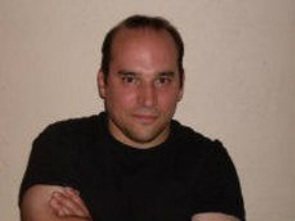
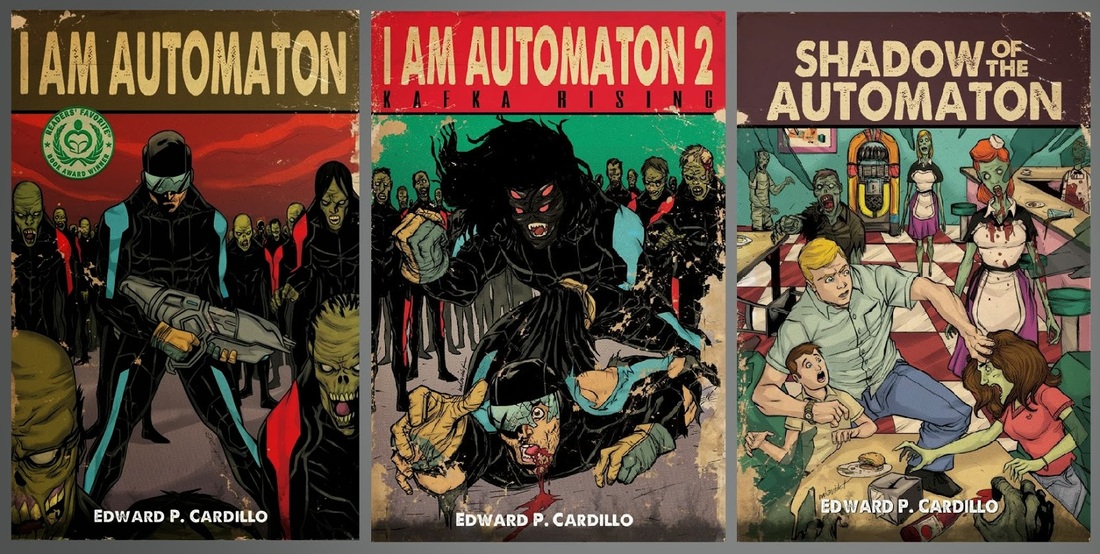
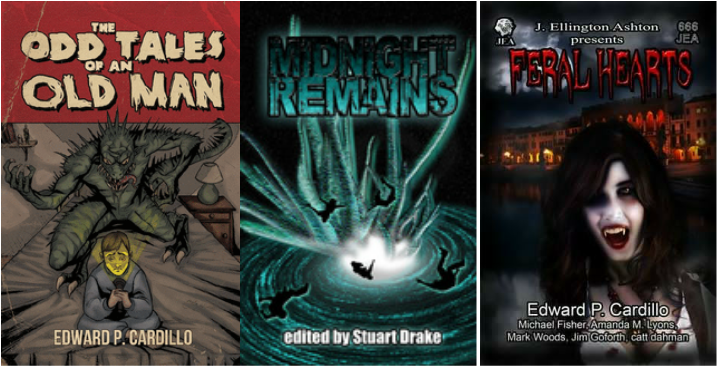
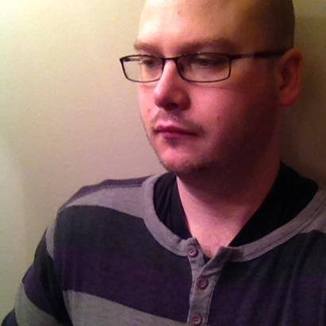
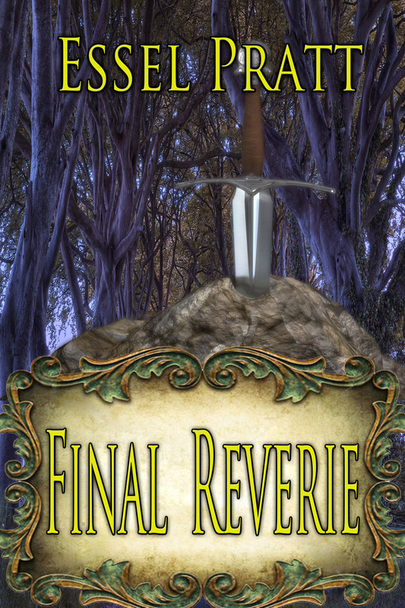

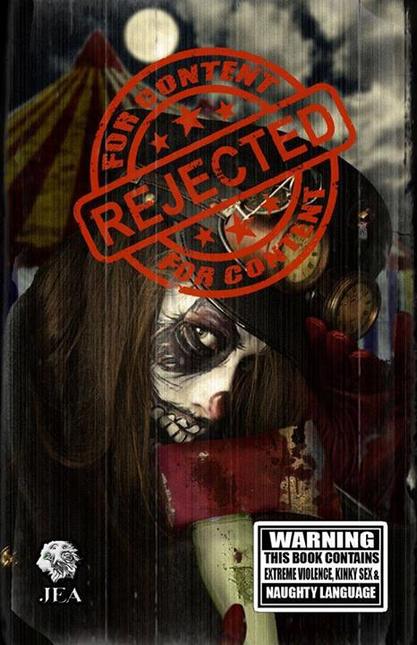
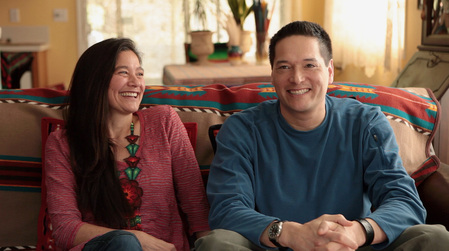
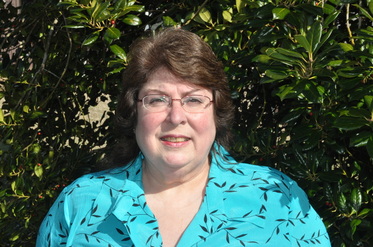

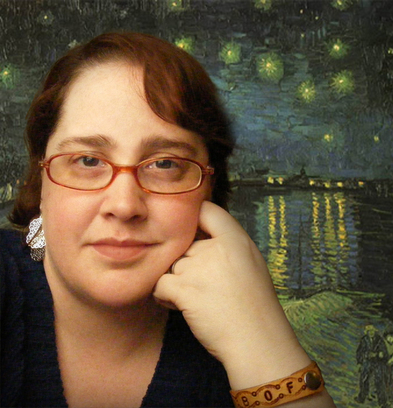
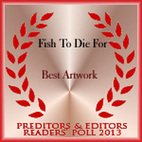
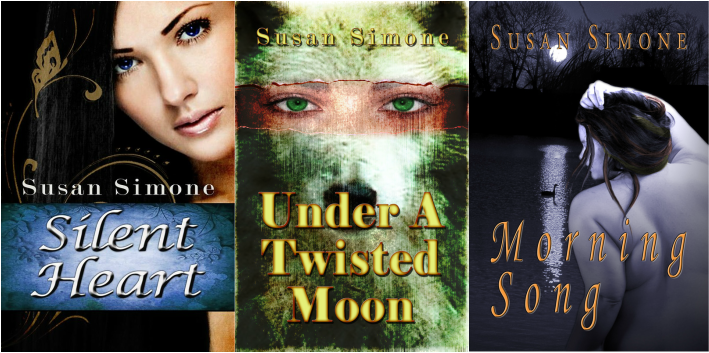
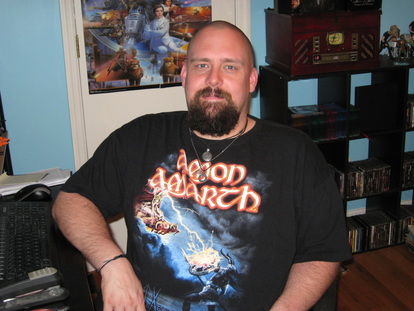
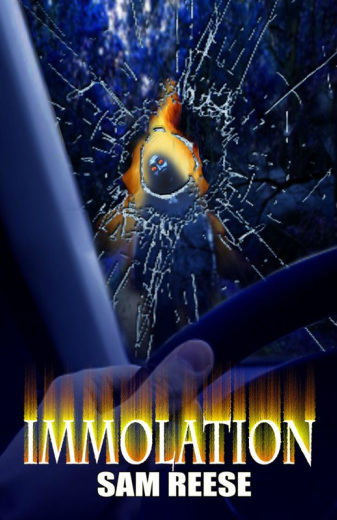
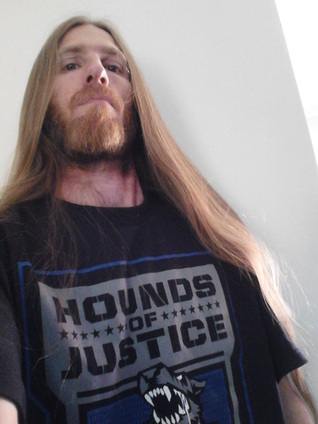
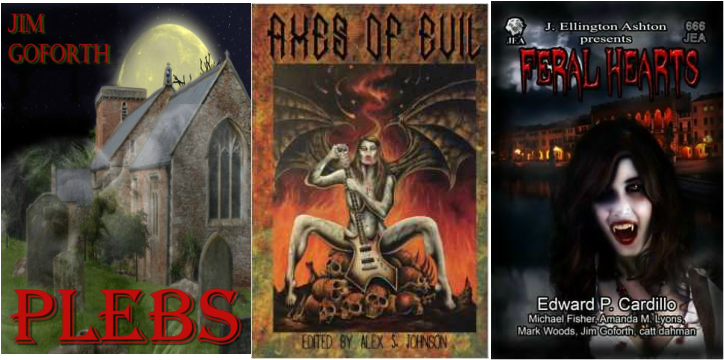
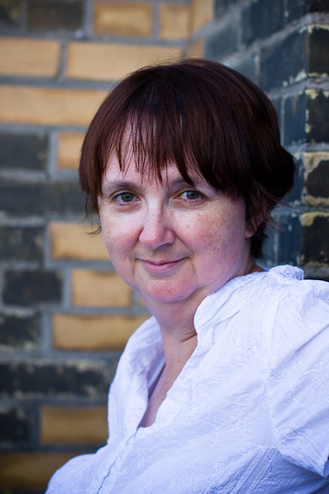
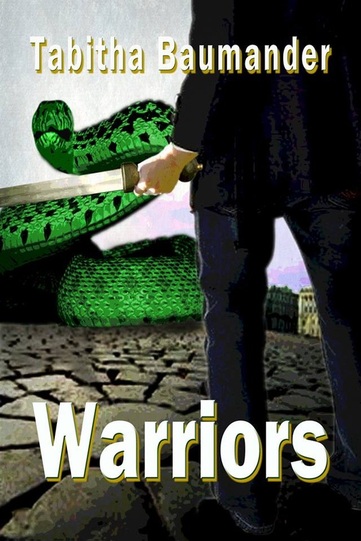
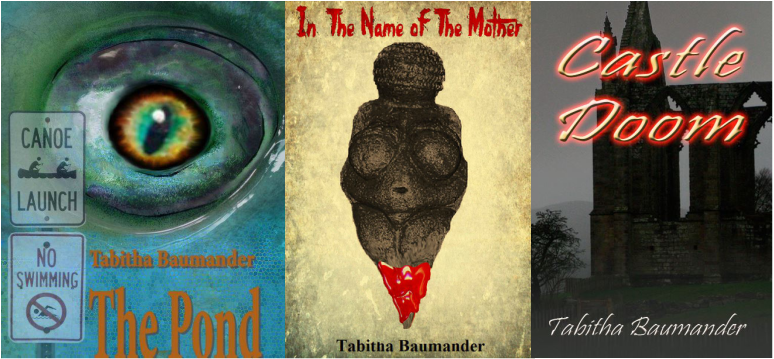
 RSS Feed
RSS Feed
